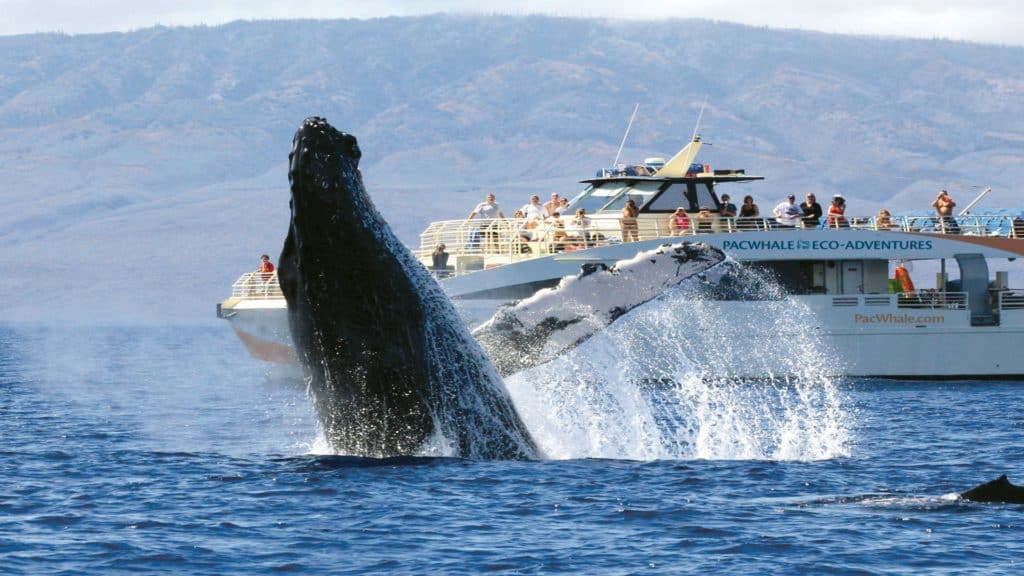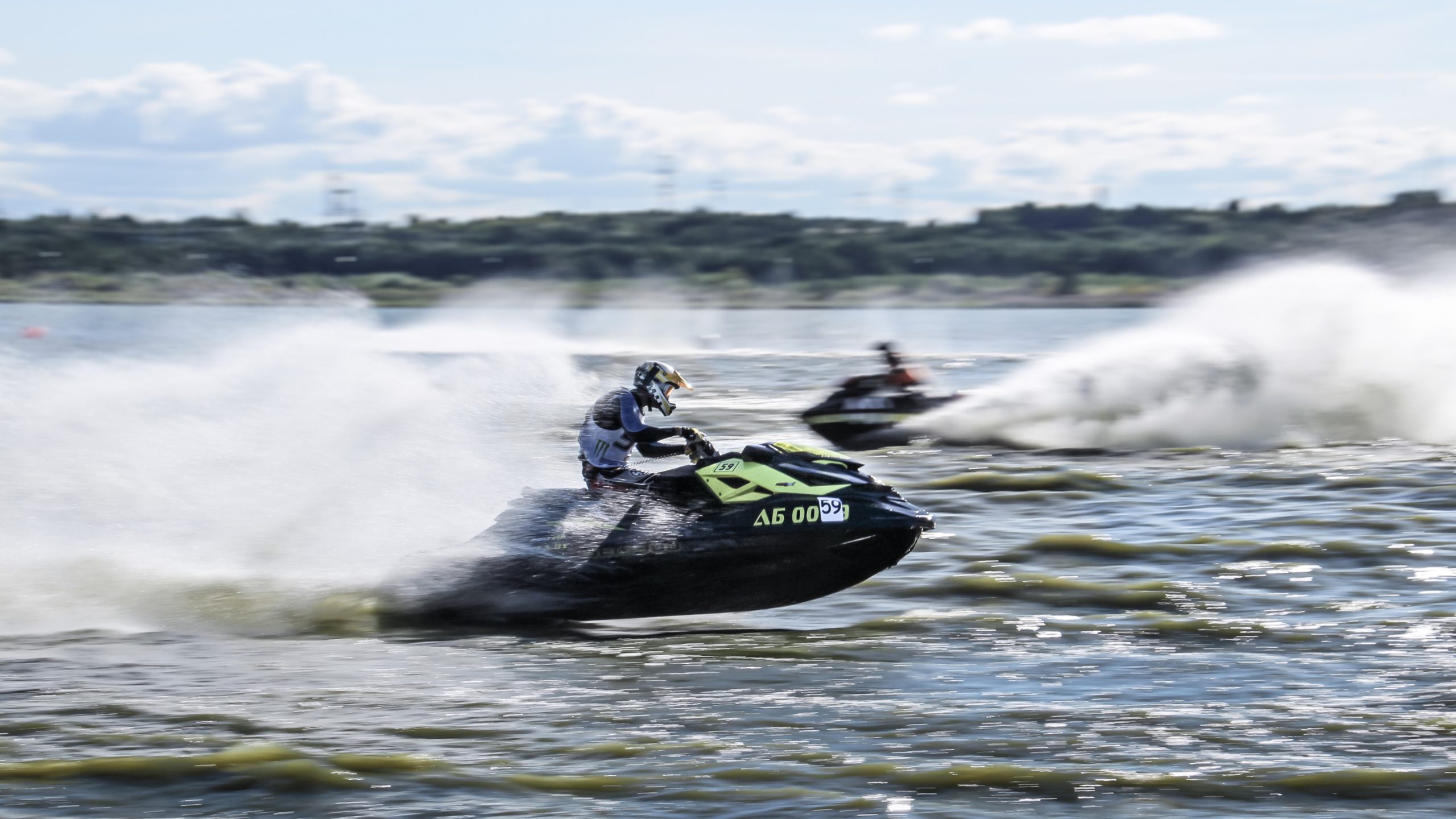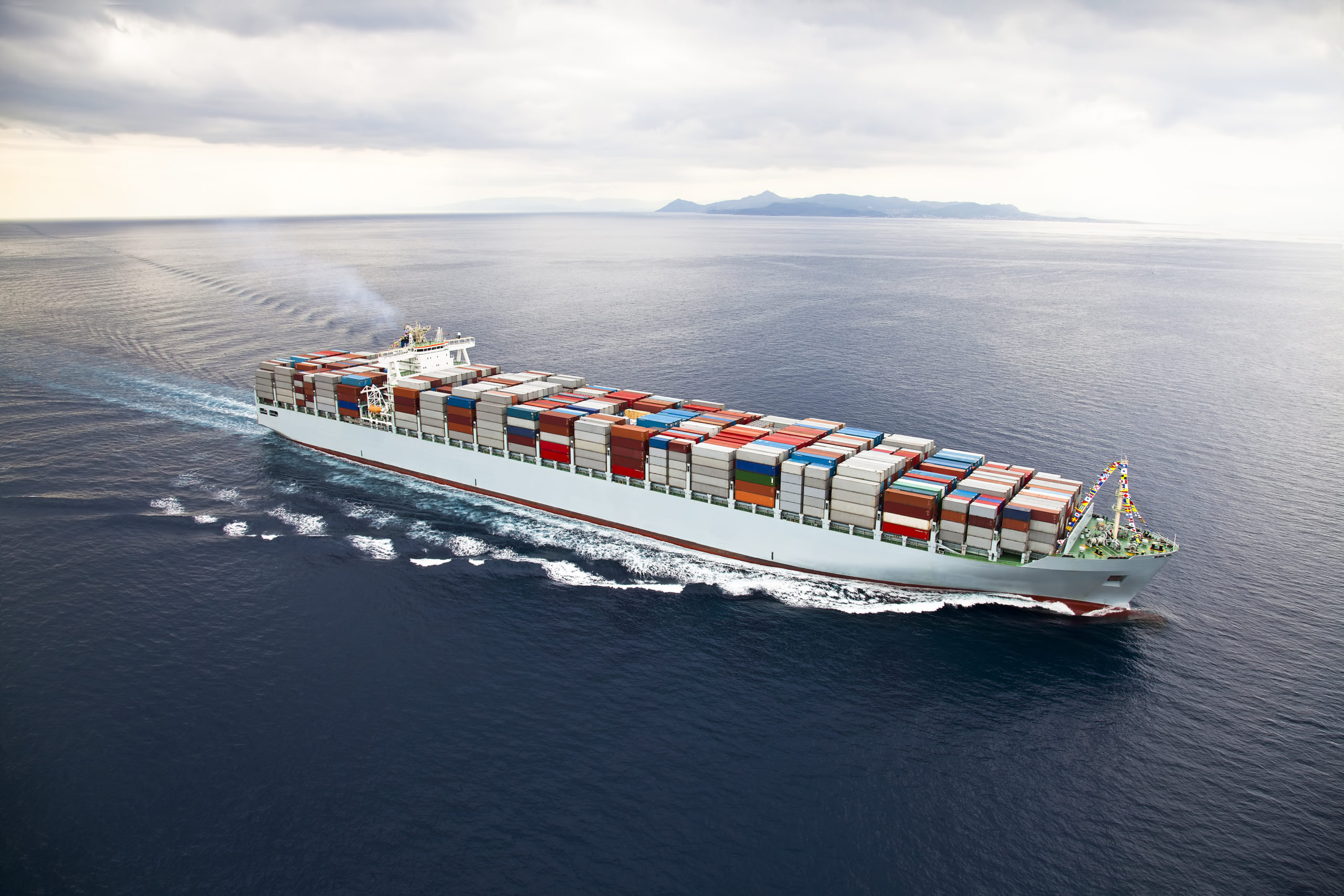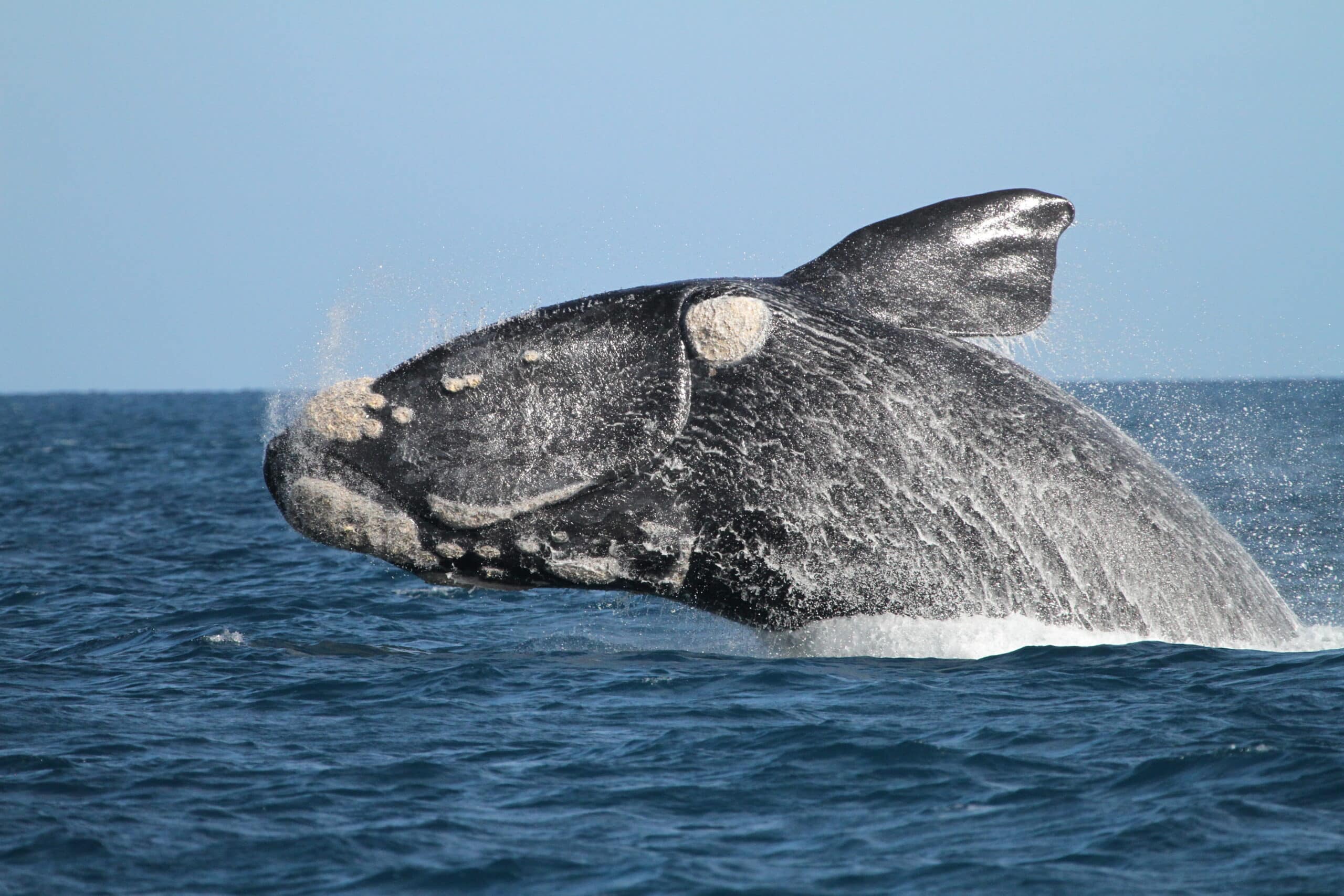As discussed in previous Making Waves articles, there are many complex and very real threats facing the world’s whales and dolphins today. While large whales in particular are beginning to recover from the era of large-scale commercial whaling, they continue to encounter new, more modern-day challenges. In the final installments of our Making Waves: Policies to Protect series, we examine the danger ship collisions pose to whales and dolphins. Ship strikes are the largest stressor identified under the umbrella threat of “vessel traffic.” These harms include both direct (collision itself) and indirect consequences, such as noise and cumulative disturbance that can lead to chronic stress affecting reproduction1, 2, 3. For this article series, we will focus exclusively on the direct impacts of the threat of vessel traffic — ship strikes.
A ship strike is defined simply as a collision between any type of boat and a marine animal in the ocean4. All sizes and types of vessels — from large 1,300-foot container ships to 10-foot jet skis — have the potential to collide with nearly any marine species. The types of vessels documented in cases of vessel-whale interaction include large boats, such as cargo ships, whale-watching boats, ferries, military vessels, and all manner of private watercraft used for commercial and recreational purposes4.
As marine mammals must come to the surface to breath, occasionally after sustained periods of time well below the surface, they are often unseen by ocean wayfarers or surface with little to no time for a vessel to maneuver to avoid collision. Some species of whales, such as the North Atlantic right whale, are more vulnerable to this stressor given their migratory routes run in close proximity to major ports and overlap with shipping lanes4. Other species of whales, such as the humpback whale and the gray whale, utilize nearshore coastal waters which leave them vulnerable to interactions with vessels, both recreational and commercial. However, even the deepest divers, such as the Cuvier’s beaked whale, have fallen victim to this stressor6. It is not only that whales frequent the surface that puts them at risk for collision, but they also may be preoccupied with other activities that could drive them to surface, such as feeding, socializing, courtship or mating6. One study even revealed that several great whale species were noticeably less responsive to a ship’s approach when they were engaged in feeding behavior7. Ultimately, whales all over the world are vulnerable to this stressor if their habitat overlaps with vessels of any type and size.
Most reported collisions between whales and vessels involve large whales, but all species can be affected5. On a global scale, the most frequently involved cetaceans in ship strikes include fin whales, right whales, humpback whales, grey whales, minke whales, blue whales and sperm whales6. Collisions with large vessels, simply due to the sheer size of the vessel and low visibility to the water, often go unnoticed and unreported. This simple truth means that the number of whales impacted by this stressor is likely underestimated.
-
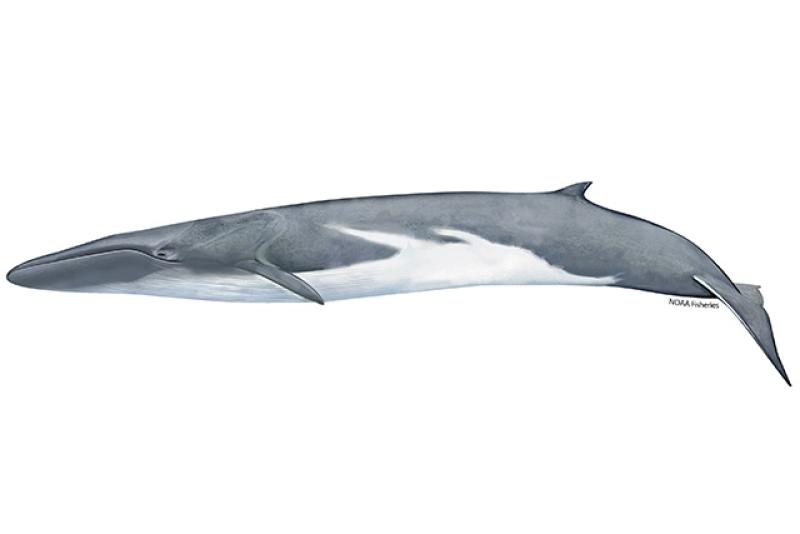
Fin Whale -
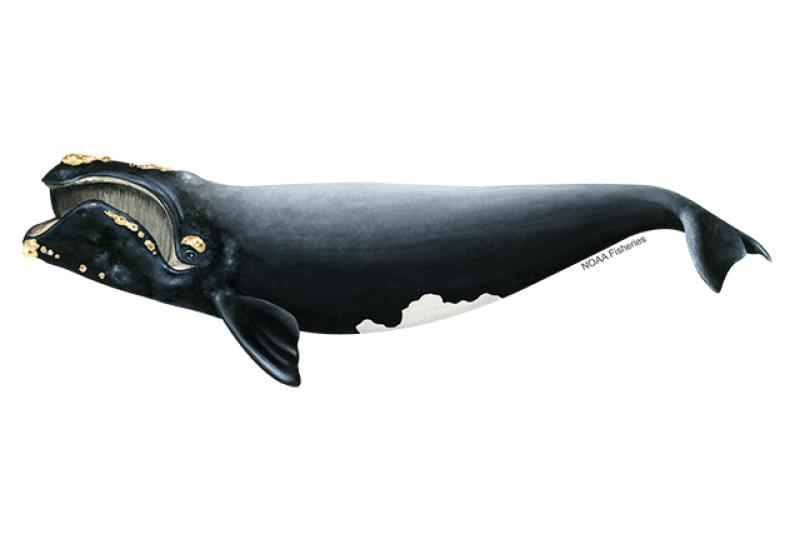
Right Whale -
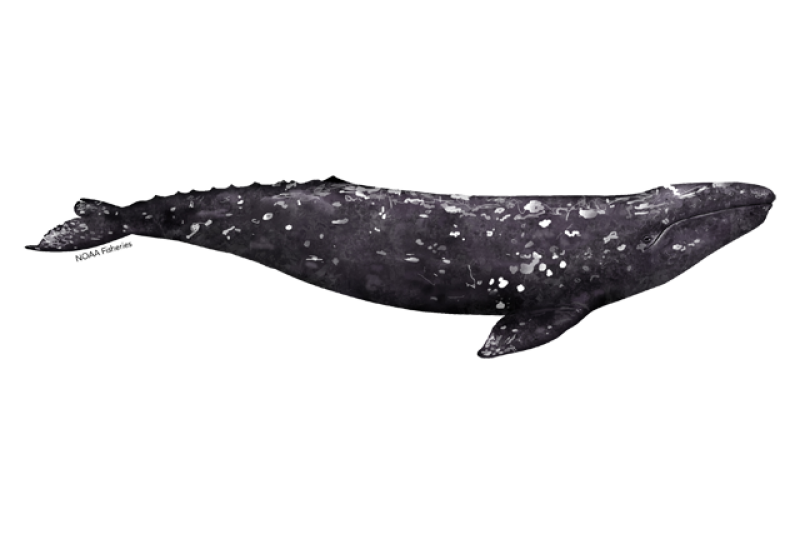
Gray Whale -
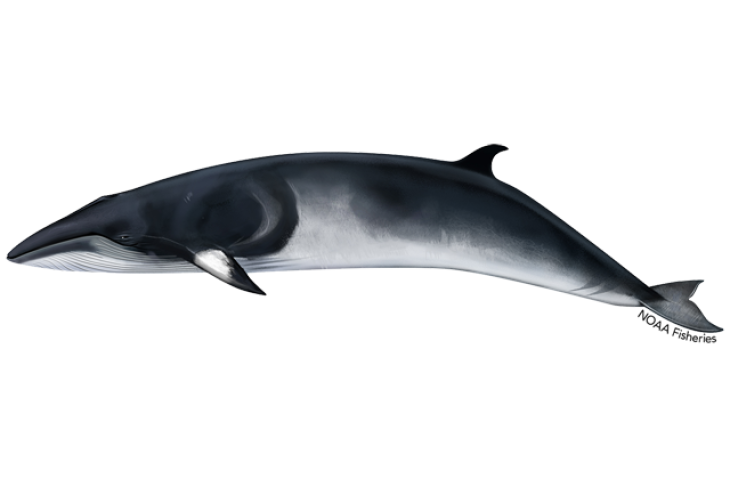
Minke Whale -
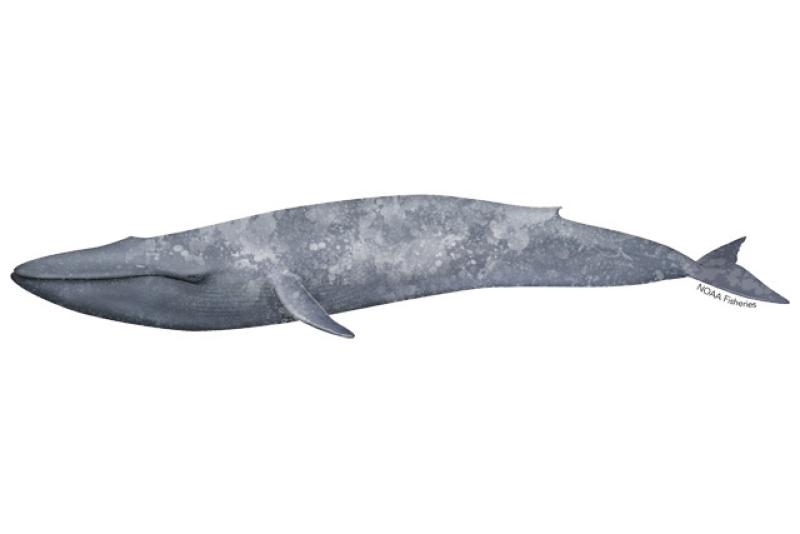
Blue Whale -
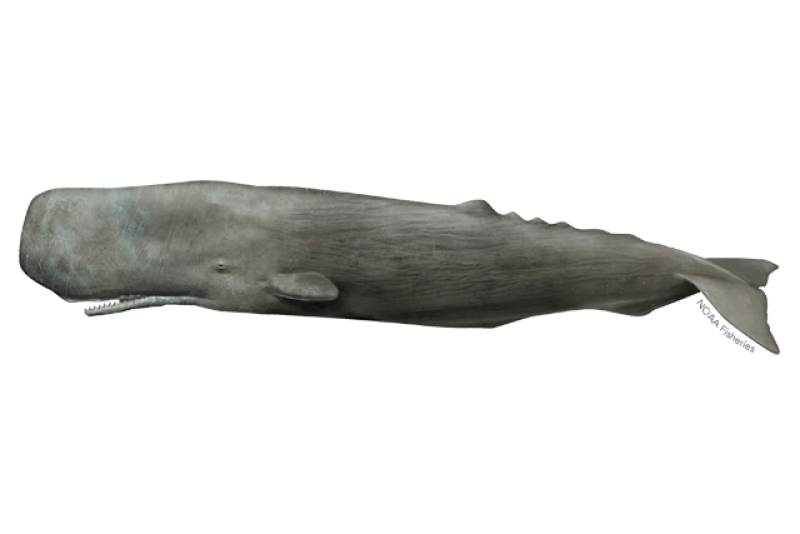
Sperm Whale
Evidence of vessel strikes comes from various sources, including vessels themselves when reported and through examination of dead whales found at sea or washed up on shore5. Accurate documentation of whale-vessel collision is difficult for several reasons, ranging from cases in which operators are unaware of the need to report to lack of awareness of the collision itself6. In addition, vessels may not report collisions for reputation reasons, or victims may go unreported due to postmortem landfall on remote shorelines, as is the case for many of the blue whales of Sri Lanka6. Finally, struck whales may sink to the ocean floor or float offshore to be consumed by opportunistic scavengers, such as sharks,6 making it nearly impossible to detect and report.
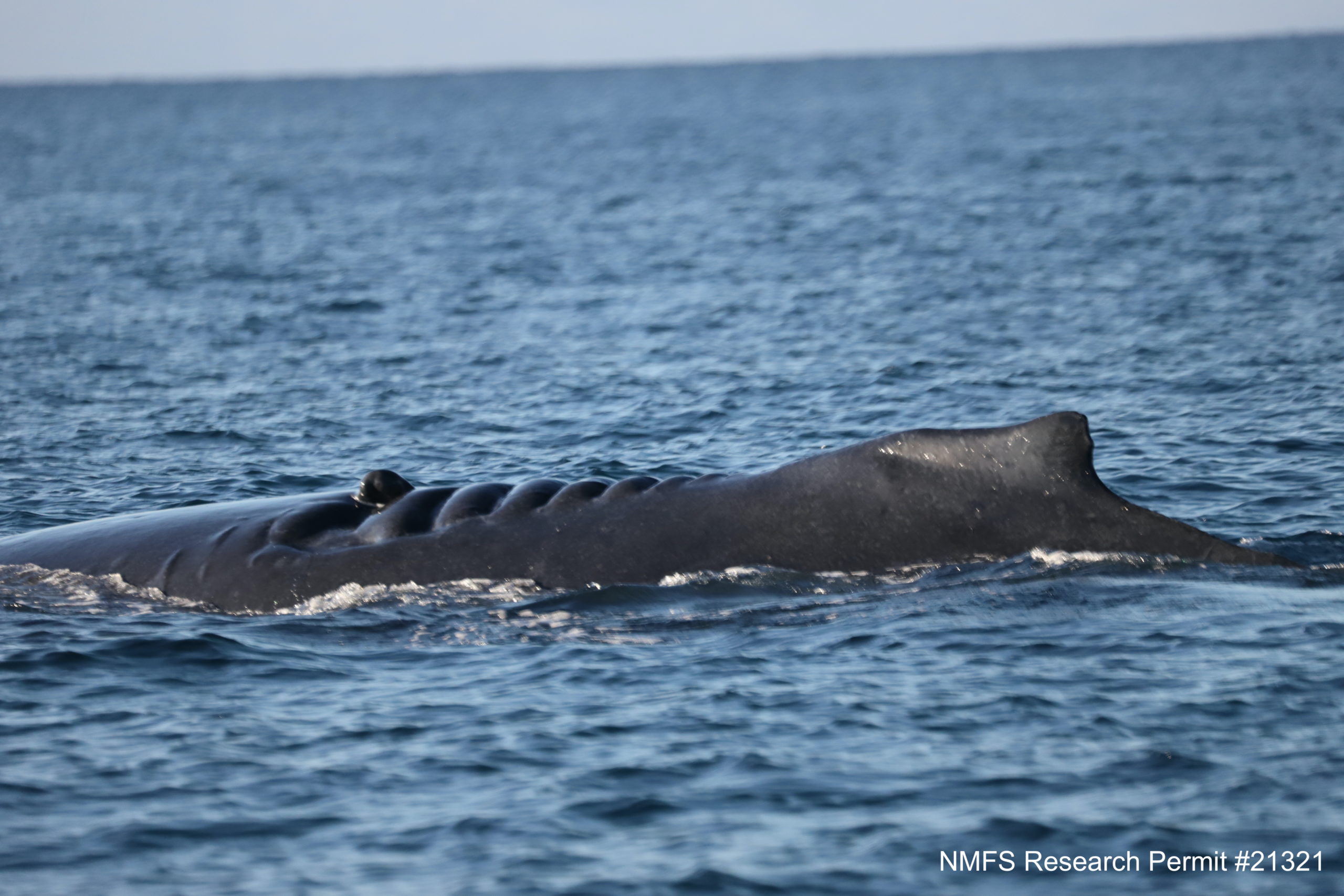
So, what can be done? While a number of efforts are being made at the policy level to address this stressor, there is yet no worldwide solution implemented. In our next series’ installment, learn about a few places around the world currently implementing policies designed to mitigate ship-whale collision.
Part 2
References
- Erbe C, Marley SA, Schoeman RP, Smith JN, Trigg LE and Embling CB (2019) “The Effects of Ship Noise on Marine Mammals—A Review.” Frontiers in Marine Science 6:606. doi: 10.3389/fmars.2019.00606
- Pirotta, V., Grech, A., Jonsen, I. D., Laurance, W. F., & Harcourt, R. G. (2018). “Consequences of global shipping traffic for marine giants”. Frontiers in Ecology and the Environment, 17(1), 39–47. https://doi.org/10.1002/fee.1987
- Schoeman RP, Patterson-Abrolat Cand Plön S (2020) “A Global Review of Vessel Collisions With Marine Animals”. Frontiers in Marine Science. 7:292.doi: 10.3389/fmars.2020.00292
- International Whaling Commission https://iwc.int/ship-strikes
- Nanayakkara, Ranil P., and H. M. Herath. (2017) “Report on 14 Large Whales That Died Due to Ship Strikes off the Coast of Sri Lanka, 2010–2014.” Journal of Marine Biology, vol. 2017, pp. 1–7., doi:10.1155/2017/6235398.
- W. J. Richardson, C. R, C. I. Greene Malme Jr, and D. H. Thomson, (1995) “Marine Mammals and noise. Academic Pres,” Marine Mammals and noise. Academic Pres.

